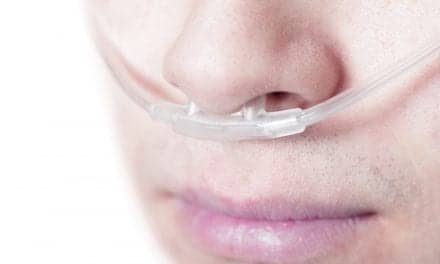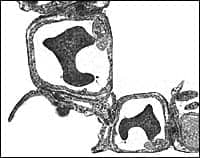With a grant from the National Institutes of Health, Mississippi State University‘s Center for Advanced Vehicular Systems (CAVS) and the University of Pittsburgh are using computational prototyping to develop digital models of an artificial lung device for pediatric patients, according to a MSU press release.
The device, called the Pediatric Paracorporeal Assist Lung (P-PAL), which will be about the size of an average adult fist, uses a process similar to extracorporeal membrane oxygenation (ECMO).
Like larger devices for oxygenating blood cells while removing carbon dioxide, P-PAL will involve tubes connected to the body via either the femoral artery or jugular vein. Though invasive, it will enable patients to be mobile during treatment and enjoy a better quality of life while awaiting lung transplants, according to the University.
Historically, biomedical devices have been designed and tested using physical models that have been both expensive and time-consuming to create, they noted. The rise of computer-based prototyping has made possible significantly faster and cheaper ways to develop a device and simulate operation.
Even with progress made possible by advanced computer-based technologies, the P-PAL project still faces major challenges, according to Greg Burgreen, part of the CAVS team developing the device. “One of the hardest things in this type of research is trying to mimic the sophistication and efficiency of human physiology without causing mechanical damage to blood,” Burgreen said.
Though clinical use by patients remains years away, Burgreen said all involved on the project in Mississippi and Pennsylvania believe P-PAL can be a major therapeutic improvement, if not a full treatment, for children with lung diseases.










